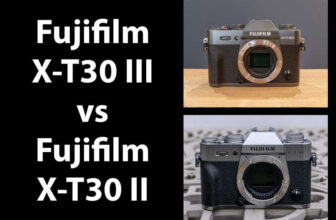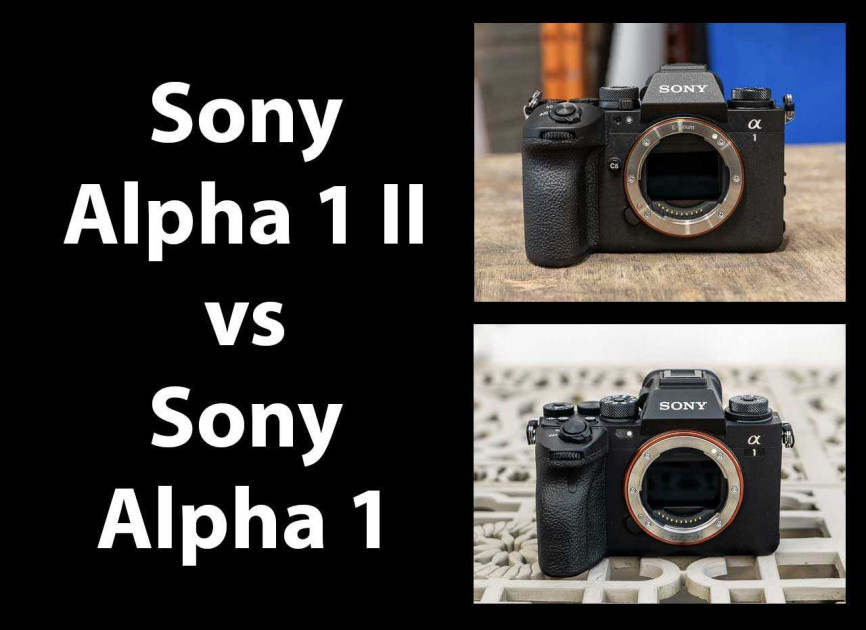
The Sony A1 from 2021 and the Sony A1 II from 2024 are both 50 megapixel full-frame mirrorless cameras designed to be all-rounders that excel at both stills and video. The new Mark II model does not replace the original one, which continues in the Alpha range for the forseeable future.
We’re bringing you this Sony A1 II vs Sony A1 head-to-head comparison to help you choose between these two full-frame cameras.
You can also read our detailed Sony A1 II review and Sony A1 review to find out exactly what we think of both models in much more depth.
Sensor
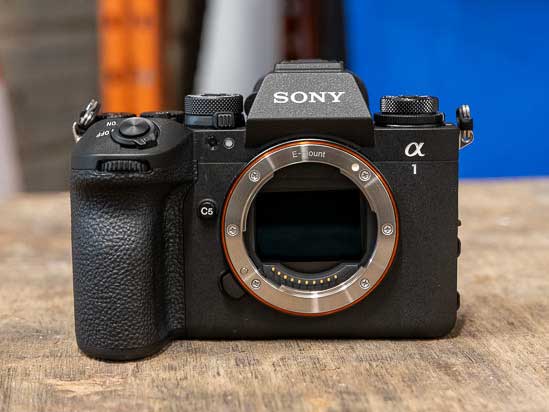
Both cameras use the same 35mm full-frame stacked Exmor RS CMOS sensor offering a resolution of 50.1 megapixels.
This stacked CMOS sensor with integral memory delivers faster performance and much faster burst speeds than cameras without.
Processor
Both cameras use two of the very latest BIONZ XR processors, which offer 8x more processing power than the BIONZ X processor found in some older Alpha cameras.
AI Processing Unit
The new A1 II now has a dedicated AI chip that provides Subject Recognition AF modes for stills and movies, something that the original model notably lacks in today’s market.
ISO Speed
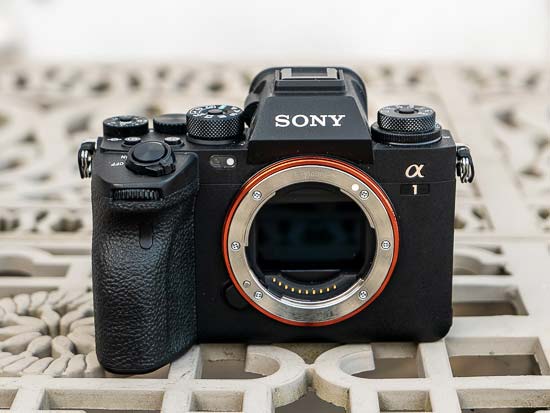
The native sensitivity range of both cameras is ISO 100-32,000, which can be expanded down to ISO 50 and up to ISO 102,400.
Sony claims that the A1 II offers improved low-noise performance at mid to high ISO sensitivities without sacrificing image detail.
Exposure and colour reproduction have been improved thanks to an evolved AE algorithm, and the new AI processing unit has made auto white balance better, especially in shaded scenes.
Pixel Shift Multi Shooting
The Sony A1 has a special multi-shot shooting mode in which it takes 16 different images that can then be combined using the Imaging Edge Desktop software to produce a single, 199-megapixel image. Amazingly, you can even use flash during this process if required thanks to the new sensor’s fast readout speed.
The A1 II additionally supports the Composite Raw Shooting mode, which takes up to 32 images to create full-resolution images with greatly reduced noise.
It also adds a brand new Noise Reduction pixel shift mode which produces super low-noise composite images using the same process.
Handheld shooting is possible in both of these modes, although you do need to run the images through Sony’s Imaging Edge desktop software to process them.
Video
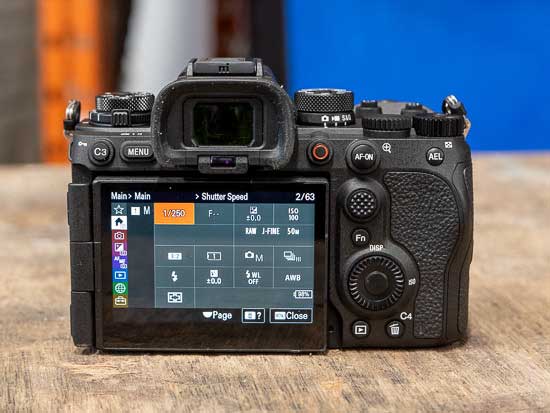
Both cameras offer 8K/30p 10-bit 4:2:0 XAVC HS video recording with 8.6K oversampling, up to to 4K 120p 10-bit 4:2:2 (with a 10% crop), and Full HD at 240fps movie shooting capabilities, and they can also output 16-bit Raw video over HDMI.
The A1 II additionally offers an upgraded S-Log3 profile with improved detail reproduction and easier colour matching and it now supports LUT import (16 max).
The new Dynamic Active mode increases stabilization by 20% compared to the normal Active mode for hand-held movie shooting and there’s also a brand new Framing Stabilizer mode that’s unique to the A1 II.
On the A1 II you can create still images from movie playback using shot marks and also pause a movie during playback to create a still.
Sony have added a dedicated microphone on the rear of the A1 II for more clearly recording voice memos.
Autofocus
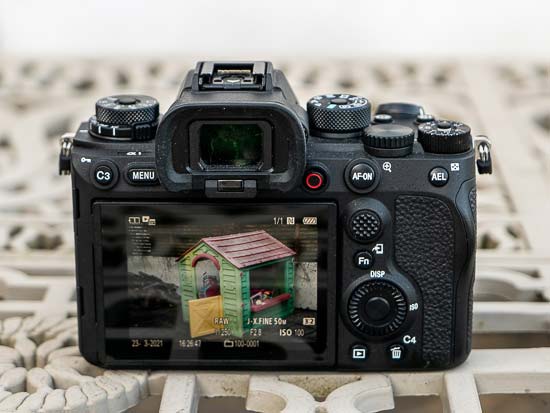
Both cameras have the same AF system with 759 on-sensor phase detection points that covers approximately 92% of the image area and can auto-focus down to EV-4 in low light.
The biggest difference between the two models in terms of their auto-focusing performance is subject recognition.
This is because Sony has added an AI deep learning processing unit to the newer A1 II camera which enables it to recognise more subjects than the Alpha 1, and also greatly improves the detection of humans and animals/birds.
The A1 II can recognise a human via its pose as well as its eye and face. So if the person’s head is turned away from the camera, it will still accurately detect the subject as human based on its AI deep learning.
It can also recognise animals, birds, insects, airplanes, and cars/trains. In the latter category, it is now capable of focusing on helmets, it can recognise the eyes of some grazing and small animals, and more easily pinpoint the eyes of a variety of bird types as well as recognising bird bodies.
The Animal/Bird setting on the A1 II eliminates the need to switch between those settings to shoot animals or birds and you can choose exactly which subjects you want to detect from the checklist.
There’s also a very welcome brand new Auto mode which will choose the most appropriate subject mode (which is slightly slower than choosing the specific mode).
You can set the AF subject-tracking sensitivity level, just like on the A9 III sports camera, to either Stable, Standard or Responsive, additional Spot AF sizes are available, and you can create your own custom focus areas.
The Auto Framing feature borrowed from the A1 II automatically crops the frame to keep the subject in a prominent position when shooting.
Burst Shooting
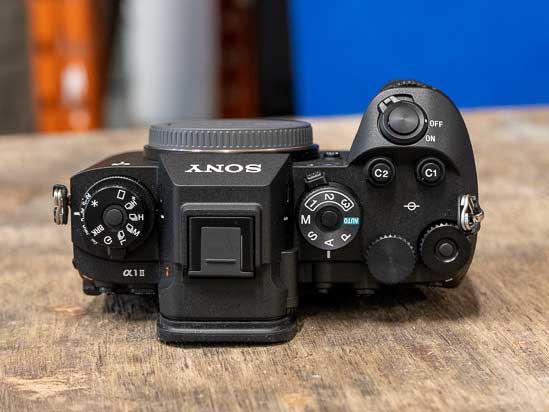
These two cameras can shoot at up to 30fps with the electronic shutter for 165 JPEGs or 155 compressed RAW images before the recording rate slows down, although the top speed is only 10fps when using the mechanical shutter.
Pre-capture is a new feature on the A1 II that has made its way from the A9 III sports camera. When activated, up to 30 frames per second are temporarily stored while the shutter button is half-pressed, and up to 1 second before can be captured once the shutter is fully pressed, providing a degree of leniency for fast-moving action.
The Continuous Speed Shooting Boost is another new function which provides an easy way to quickly engage one of the various burst modes (30/20/15/10/5fps) at the press of a button.
Shutter Speeds
Both cameras have a very fast maximum shutter speed of 1/32000th second thanks to its electronic shutter (1/8000th with the mechanical shutter) and a flash sync speed of 1/400th sec when using the mechanical shutter and 1/200th for the electronic shutter.
Body
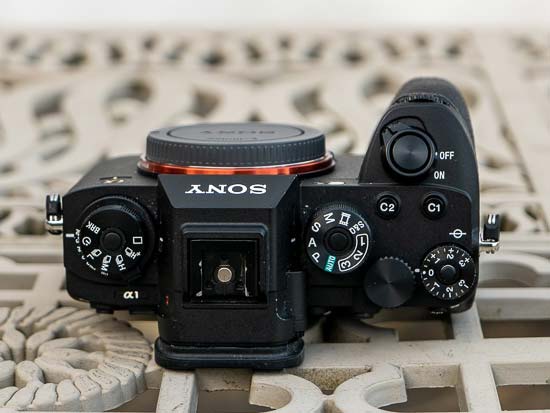
The A1 II’s body and control layout is almost identical to the recently released A9 III, rather than to the original Alpha 1.
Sony have significantly tweaked the design of the A1 II’s hand-grip, which is larger than its predecessors and perhaps more importantly spaced further away from the lens mount, which allows for more room for your fingers to curl around the grip without touching the attached lens.
Other subtle changes to the A1 II include moving the shutter button slightly forward to better match the push direction of its release, and a new custom button (C5) on the front of the camera.
It also supports the same optional VG-C5 vertical grip accessory as the A9 III, which adds duplicate controls including the new C5 button and two NP-FZ100 batteries.
It also means that the A1 II is slightly larger but significantly lighter than its predecessor, measuring 136.1 x 96.9 x 82.9mm and weighing 617g / 1.36lb, versus 128.9 x 96.9 x 80.8mm and 737g / 1.62lb for the Mark I.
The A1 II benefits from having a new 2.5Gbps wired LAN port, which is much faster than the 1000BASE-T port on the Alpha 1.
Viewfinder
Both models offer exactly the same class-leading 9.44M-dot OLED Quad-XGA electronic viewfinder with 0.90x magnification and a refresh rate of up to 240fps.
The new A1 II has an additional High mode that displays smooth motion at 120fps at full resolution, while the original model only offers 60fps at full resolution and 240fps at a lower resolution.
LCD Screen
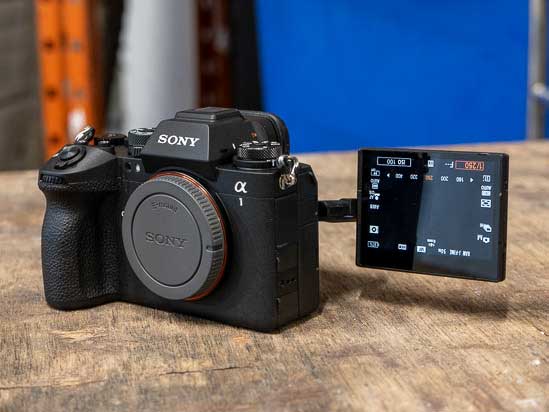
The A1 II inherits the 3.2-inch, 2095K dot resolution, 4-axis LCD screen from the A7R V and the A1I which is unique to Sony. It can be flipped out to the side, rotated to the front, folded against the back of the camera to help protect it, and set to many other positions in-between.
The A1 has a 3-inch, 1,440K-dot resolution LCD screen which can be tilted up to 41° downwards to shoot over crowds or up to 107° upwards, but not forwards or out to the side.
IBIS
Both cameras have 5-axis optical in-body image stabilisation that corrects for pitch and yaw shake.
Thanks to a newly redesigned stabilisation unit, the A1 II offers up to 8.5 stops of in-body stabilisation in the centre (7 stops at the edges), currently making it the most capable Alpha camera in this regard.
The Sony A1 has a stabilisation unit which only offers up to 5.5 stops of in-body stabilisation.
Memory Cards
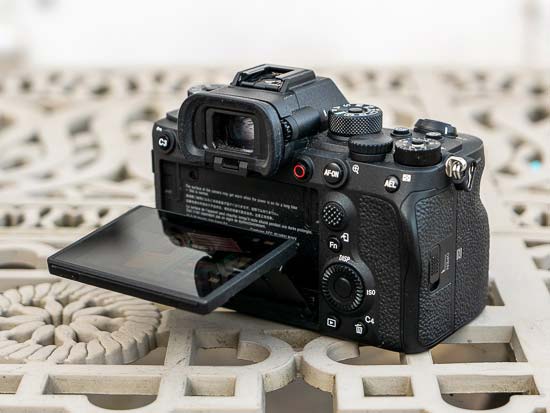
As you would expect from a modern professional camera, both models have dual memory card slots.
Both slots on both cameras can be used for either SD UHS-I/II compliant memory cards or faster, but more expensive, CFexpress Type A cards.
Battery Life
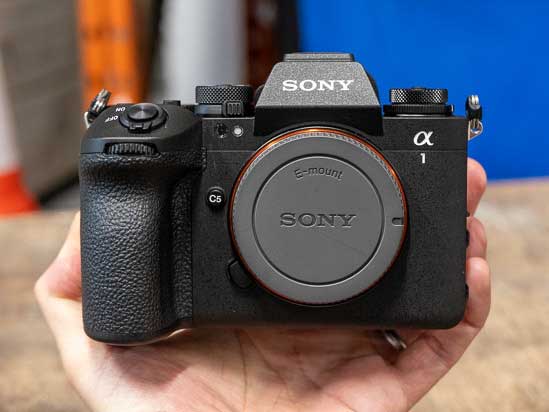
Both cameras use exactly the same large capacity NP-FZ100 battery.
They are capable of recording around 530 shots per charge when using the LCD monitor and 400 shots when using the EVF.
Both cameras can also be powered and charged via a USB connection, which is useful if you’re out and about and have a compatible powerbank to plug the camera into, and both use the newer USB-C variant.
Price
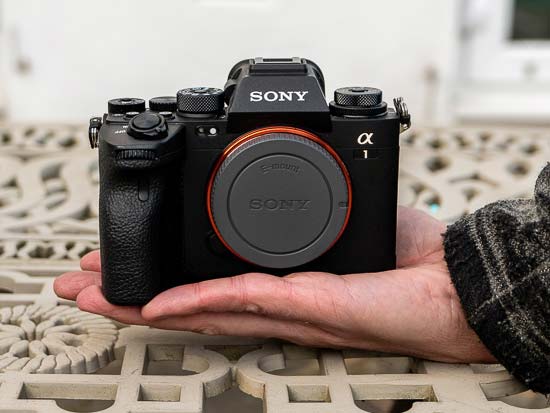
The Sony A1 II is priced at £6300 / €7500 / $6,500 body-only in the UK, Europe and USA respectively.
The Sony A1 had an RRP of £6,500 / $6,500 in the UK / US when it was launched in 2021, a price that it still commands today.
It remains to be seen how much the Sony A1 will retail for once the A1 II hits the market.
Conclusion
The Sony A1 II builds on the considerable success of the Mark 1 version by adopting the body, AI processor and quite a lot of features from the recent A9 III and marrying them to the 50 megapixel sensor and dual XR processors from the original A1.
So what do you think? Would you choose the original Sony A1 or the new A1 II, and why? Leave a comment below!
Your Comments
Credit : Source Post






